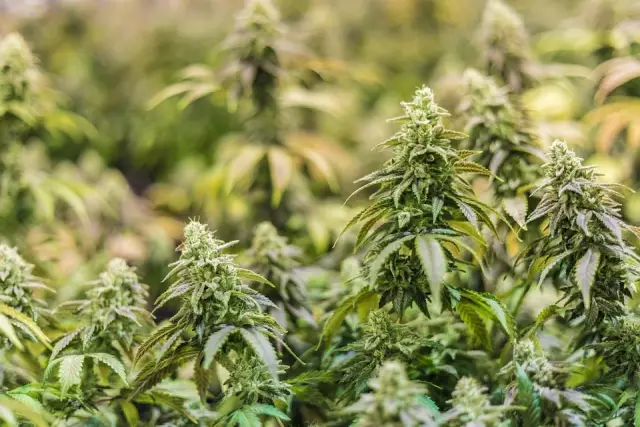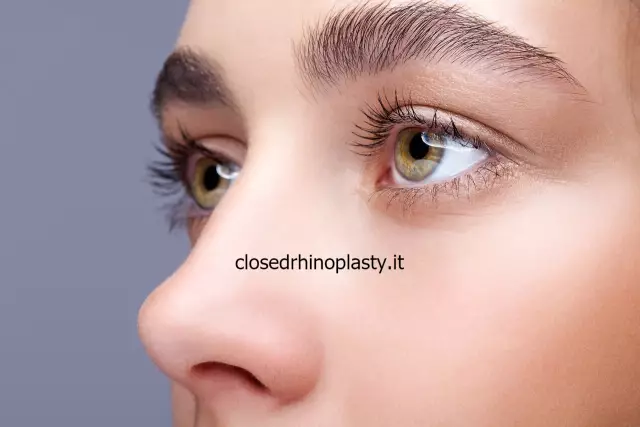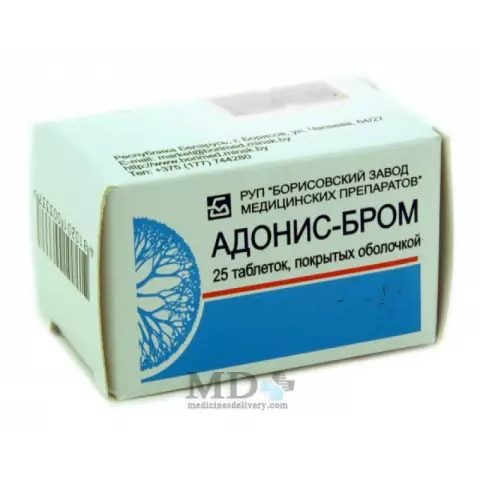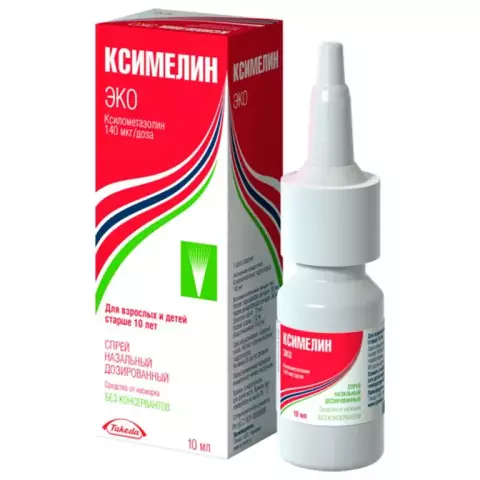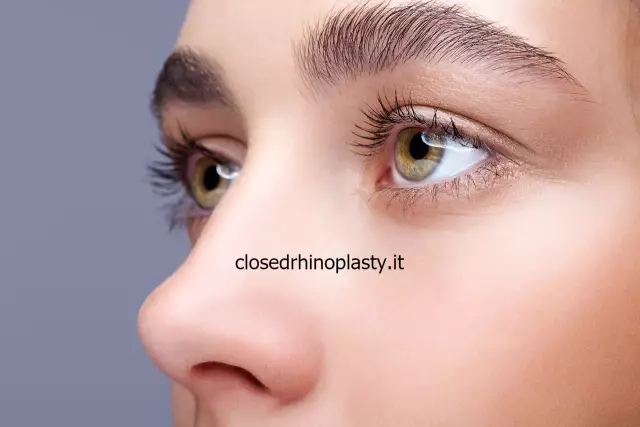- Author Rachel Wainwright [email protected].
- Public 2023-12-15 07:39.
- Last modified 2025-11-02 20:14.
Photorejuvenation

Photorejuvenation is a non-ablative dermal skin rejuvenation therapy, the essence of which is to specifically change the dermis and epidermis in response to electromagnetic radiation from high-intensity light sources.
The principle of operation of the procedure consists in the use of broadband or monochrome pulsed light radiation directed at the target chromophores (hemoglobin, melanin, coarse-fibrous structures) of the skin. With the help of photorejuvenation, the main manifestations of photoaging, a decrease in skin turgor, vascular disorders, and dyschromia are corrected.
Indications for the photorejuvenation procedure:
- Spider veins;
- Dark spots;
- Enlarged pores;
- Photoaging of the skin;
- Uneven complexion.
It is recommended to start the photorejuvenation procedure when the first age-related changes are found on the skin of the face, neck, décolleté, changes in the structure and color of the skin. According to reviews, photorejuvenation is a fast and safe way to restore elasticity, skin tightening and eliminate its imperfections.
The use of photorejuvenation as a non-ablative method (a method of influencing the skin that does not violate its integrity) allows you to carry out a therapeutic effect on the skin, stopping the recurrence of herpes, accelerating the healing processes, eliminating acne and acne.
The principle of operation of the device for photorejuvenation
The principle of operation of the device for photorejuvenation is based on the technology of using pulsating light energy to quickly and effectively eliminate skin imperfections: aging, the appearance of age spots, etc. Controlled pulses of light of the same length and power that will be sufficient for a specific task, penetrate the filter and are absorbed by the skin chromophores - melanin and hemoglobin. Thanks to this, only skin disorders (spider veins, spots) are eliminated, while the surrounding tissues are not damaged.
Rejuvenating procedures with the help of high-tech equipment allow you to use the deep layers, stimulating them to produce collagen, which has a "revitalizing" effect on skin cells.
Photorejuvenation procedure
With age, the production of collagen by the skin decreases, which leads to its sagging, the appearance of "crow's feet" in the corners of the eyes, the first mimic wrinkles. Under the influence of high-frequency light radiation in the process of "warming" the epidermis, additional production of collagen occurs in large quantities, which improves the condition of the skin: it smoothes, becomes more elastic, soft, enlarged and large pores are narrowed. According to a similar principle, the epidermis is rehabilitated when removing scars, scars, and treating acne.
During the photorejuvenation procedure, the purpose of which is to remove spider veins or age spots, a cooling gel is applied to the treated area of the skin, through which a light pulse must be passed. To protect the eyes from bright flashes of light, both the specialist and the patient wear protective glasses.
Before and after photorejuvenation, no unpleasant sensations appear: the procedure is not accompanied by a pain symptom. The session time is about half an hour. No rehabilitation period is required.
A possible consequence of the procedure, according to reviews of photorejuvenation, may be a slight reddening of the skin, which disappears on its own within 2-3 hours. After completing the treatment of the epidermis, the doctor applies an emollient cream or aerosol to the skin and gives recommendations for home care.
To maintain the result, it is advisable to repeat the photorejuvenation procedure once a year. According to reviews, photorejuvenation is suitable for all skin types; a strong tan of the body is a contraindication to the session.
Recommendations before and after photorejuvenation

Experts advise against sunbathing in a solarium for 2 weeks before and after the procedure. After completing the photorejuvenation session, it is recommended:
- Apply Fenistil-gel or Panthenol to the treated skin;
- Use sunscreen for at least 14 days after the completion of the procedure;
- Limit the amount of makeup on your face;
- If possible, avoid visiting the bath, pool, sauna for 3 days after the session.
Contraindications to photorejuvenation
The photorejuvenation procedure has the following contraindications:
- Connective tissue diseases (systemic lupus erythematosus, scleroderma);
- Cancer and precancerous skin conditions;
- Diabetes;
- Hypersensitivity to sunlight;
- Metal prostheses;
- Reduced immunity;
- Infectious skin lesions in the places of intended treatment;
- Hemophilia is a disease associated with a bleeding disorder;
- Tendency to form keloid scars;
- Severe hypertension;
- Herpes;
- Feverish conditions;
- Eye diseases (glaucoma, cataracts);
- Atopic dermatitis, psoriasis, localized in the area of the proposed treatment;
- Mental illness and epilepsy;
- Hormonal pathologies, abnormalities in the thyroid gland, causing excessive growth of hair on the body;
- Pregnancy;
- Breastfeeding period.
An absolute contraindication to photorejuvenation is the presence of a pacemaker in the patient's body.
Found a mistake in the text? Select it and press Ctrl + Enter.

